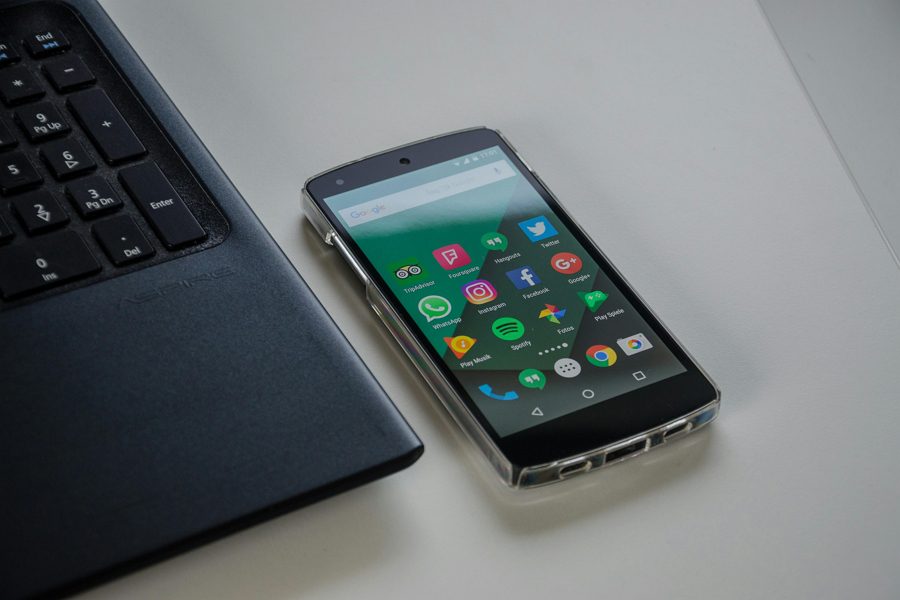Signal is a popular secure messaging app that stores all your conversations locally on your device. This ensures maximum privacy, but can make it tricky to transfer your message history when switching to a new phone – especially if you no longer have access to your old device.
Fortunately, there are a few methods you can use to migrate your Signal account and messages to a new phone without needing your previous device. Here’s a step-by-step guide on how to do it.
Option 1: Use a Backup File
If you previously enabled backups on your old phone, you can use the backup file to restore your messages on the new device. Here’s how:
- Locate your backup file – Signal backups are stored in a folder on your old device, usually named Signal. Connect your old phone to a computer and copy this folder to transfer the backup.
- On your new phone, install Signal and select “Transfer or restore account” when prompted.
- Choose the “Restore from backup” option.
- When asked, enter your 30-digit backup passphrase. You should have saved this when you originally enabled backups.
- Wait for the restore process to complete. Once done, your messages and Signal account will be transferred to the new phone.
Note that for this to work, you need to have proactively enabled backups on your old device before losing access to it. The backup files are also not stored on Signal’s servers, so you must have a copy of the file itself.
Option 2: Wait for Inactivity Timeout
If you didn’t enable backups, another option is to simply wait for your old device to timeout due to inactivity. Here’s how this works:
- After your Signal account has been inactive for a period of time (around 7-14 days), it will automatically be unlinked from your old device.
- Once this happens, you can install Signal on your new phone and register using your old number.
- Your contacts should repopulate if you transferred them separately to your new device (via a contacts backup or your Google/iCloud account).
The downside to this method is you will lose all your past messages, as they were only stored locally on the old phone. But it does allow you to reclaim your Signal account and get up and running again.
Option 3: Contact Signal Support
As a last resort, you can try contacting Signal’s support team to see if they can help you recover your account.
- Email [email protected] and explain your situation. Provide details like your phone number, rough date you lost access to your old device, etc.
- The Signal team may be able to unlink your old device so you can re-register on the new one. However, there’s no guarantee they’ll be able to help.
- If they do unlink your old device, you’ll be able to sign up on your new phone with your old number as outlined in Option 2 above. Your message history will still be lost though.
Preventing Future Lockouts
To avoid this situation in the future, it’s best to be proactive about backing up your Signal data in case you lose or break your device:
- Enable Signal backups in the app settings and securely store your 30-digit passphrase. Regularly update your backup file.
- Backup your phone’s full data periodically, or at least make copies of important Signal conversation threads.
- Safely store backup copies in the cloud or an external hard drive so you can access them even if your phone is lost or damaged.
- Transfer your Signal account to your new phone before getting rid of your old one, if possible.
Conclusion
Losing access to your Signal messages when switching devices is a frustrating experience, but it doesn’t mean your account is gone forever. By using a backup file, waiting for an inactivity timeout, or contacting support, you should be able to recover your account on a new phone.
The best solution is to proactively prepare for these situations by regularly backing up your Signal data and transferring your account properly between devices. Hopefully this guide has given you the steps to recover your Signal account and prevent future lockouts.

Leave a Reply